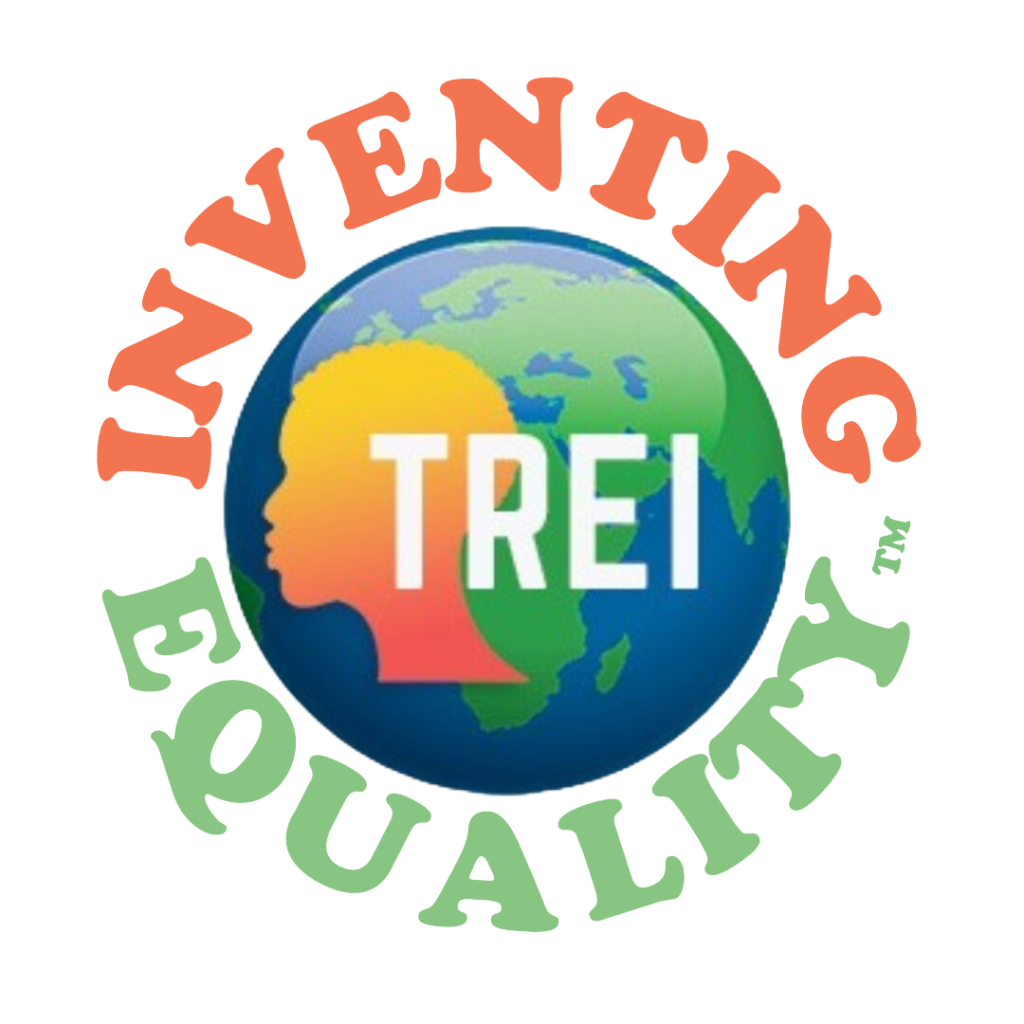THE JIGSAW CLASSROOM OVERVIEW
On Williams’ “Improving Race Relations in Higher Education: The Jigsaw Classroom as a Missing Piece to the Puzzle”
The Importance of Classroom Interventions to Reduce Prejudice
by Laya Bommireddy
From primary to higher education, minority students are subject to a variety of interpersonal and structural obstacles which can make their environments uncomfortable and incompatible with effective learning. For students, discrimination manifests in interactions between peers, which informs larger campus cultures in general as well as how minority students view themselves and each other. Williams (2004) notes that in addition to reducing prejudice and discrimination, the jigsaw classroom instructional method is associated with an increase in students’ self esteem, student liking for school, decreases in competitiveness, and increased academic achievement for minority youth. Thus, the Jigsaw method is a powerful tool for promoting creating equity in classrooms.
What is the Jigsaw Classroom?
The Jigsaw Classroom, developed by Elliot Aronson (1978), is a cooperative learning technique that can be implemented in educational institutions to improve intergroup relations. A fundamental precept of this technique is that classroom competition among students opposes student success, and as such, competition must be curbed in order for students to thrive in their education spaces. In the jigsaw classroom, students are separated into “jigsaw” groups of five or six students that contain in-and out-group members. Each jigsaw group in the classroom will be assigned the same set of content material.
- Each group member is assigned a subtopic that they are responsible for learning and teaching to the rest of the group.
- After learning their material, each group member meets up with their counterparts (i.e., students who are responsible for the same portion of the material) from other groups.
- Once in these new “expert groups”, students present their understanding of content and obtain feedback from their counterparts.
- Feedback includes how to best present their material to their jigsaw groups.
- After meeting with expert groups each student now holds an expertise regarding a different part of the material that they share with the original jigsaw group.
- In sharing with their jigsaw group, each student imparts knowledge on their unique section of the material.
- In doing so, all students use their “jigsaw” pieces of knowledge to form a whole understanding of the assignment at hand.
Key processes and conditions of the Jigsaw Classroom
At a most fundamental level, the jigsaw classroom’s effectiveness is that students with a strong understanding of the material are able to assist those with a weaker understanding to ensure they are able to present to their jigsaw group. In this way, all students become “experts” and are thus considered important to their original group. Effective cognitive processes of a Jigsaw Classroom are: cooperation, interdependence, common in-group identity, and finally, recategorization of the out-group to a new in-group.
Cooperation is one of the four original components of contact theory. Allport (1954) contended that group members must have equal status and work collaboratively towards a common goal. The jigsaw classroom promotes equal status, cooperation, and interdependence as each student is treated as an expert in their content, and the success of the participants are contingent upon the work they achieve together. To that end, individual success is at odds with the common goal of the group, making collaboration inevitable. This component of contact theory is first achieved in the collaboration which is required of students when they share information and confirm their thoughts in their expert groups. Interdependence is again established in jigsaw groups when students depend on their peers to teach them the other parts of the material for which they are not “experts”.
Cooperation and interdependence of jigsaw students create a common in-group identity whereby each student is treated as an integral member of the group responsible for its success. Creating a common identity reduces prejudice as individuals’ cognitive portrayals of “us” and “them” are likely to develop into a more inclusive “we”. The Jigsaw classroom creates these conditions by making each student act as an “expert”, requiring students to communicate their expertise with various people in the classroom, and setting the common goal of learning the material at hand.
Recategorization is the process by which individuals are able to see racial or ethnic out-group members as members of one’s in-group. This process is vital to reducing prejudice since intergroup bias can be a by-product of a positive focus on one’s in-group identity. Prejudice reduction occurs as the recategorization process leads to stronger perceptions of shared beliefs, and increased empathy, toward out-group members. Although recategorization calls for the formation of a new in-group, the process is most effective when individuals preserve and cherish their subgroup identities.
References
Allport, G. (1954). The nature of prejudice. 25th anniversary edition. New York: Basic Books
Aronson, E., et al. (1978). The jigsaw classroom. Sage.
Williams, D. (2004). Improving race relations in higher education: The Jigsaw Classroom as a missing piece to the puzzle. Urban Education, 39(3), 316-344. 10.1177/0042085904263063

